How To Set Binoculars?
Setting up binoculars correctly is essential for optimal viewing and comfort. Whether you're a bird watcher, a stargazer, or simply enjoy observing nature, understanding how to properly adjust your binoculars can significantly enhance your experience. In this article, we will delve into the step-by-step process of setting up binoculars, addressing common issues, and providing tips for maintaining your equipment.
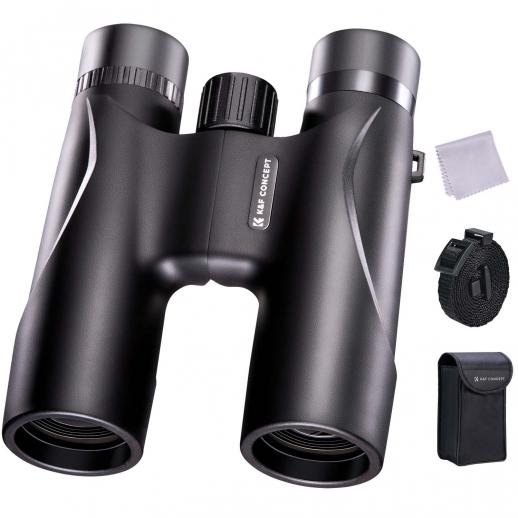
Understanding the Basics
Before diving into the setup process, it's important to understand the basic components of binoculars. Typically, binoculars consist of two telescopes mounted side-by-side, aligned to point in the same direction. Key parts include:
1. Eyepieces (Ocular Lenses): The lenses closest to your eyes.
2. Objective Lenses: The larger lenses at the front of the binoculars.
3. Focus Wheel: Usually located between the two barrels, used to adjust the focus.
4. Diopter Adjustment: A small ring on one of the eyepieces to compensate for differences in vision between your eyes.
5. Interpupillary Distance (IPD) Adjustment: The ability to adjust the distance between the two eyepieces to match the distance between your eyes.
Step-by-Step Guide to Setting Up Binoculars

1. Adjust the Interpupillary Distance (IPD)
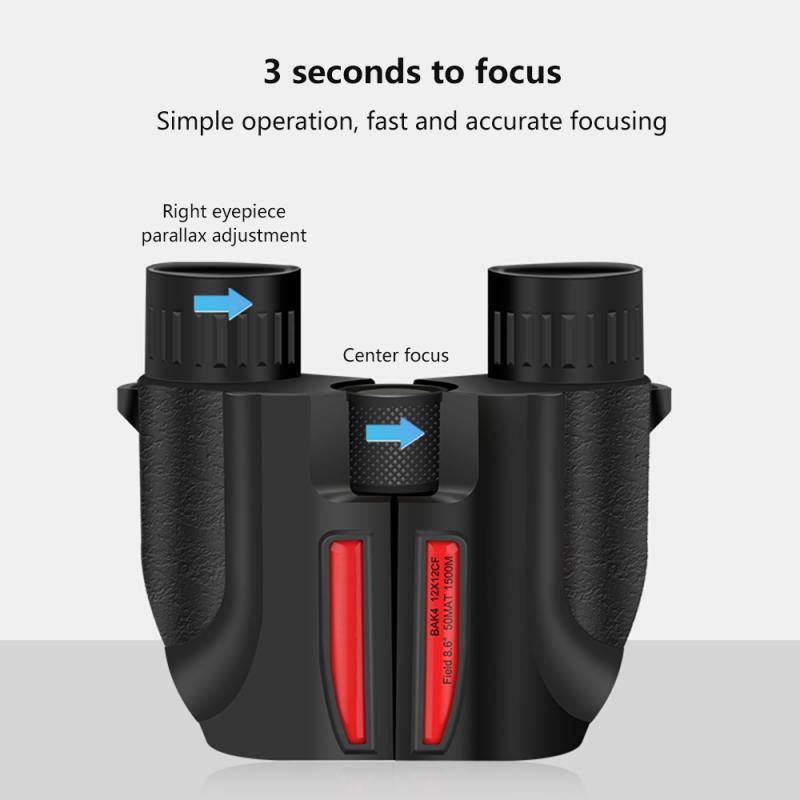
The first step in setting up your binoculars is to adjust the interpupillary distance. This is the distance between the centers of your eyes. To do this:
- Hold the binoculars up to your eyes.
- Look at a distant object.
- Move the barrels of the binoculars closer together or further apart until you see a single, circular field of view. If you see two overlapping circles, the IPD is not set correctly.
2. Set the Diopter Adjustment
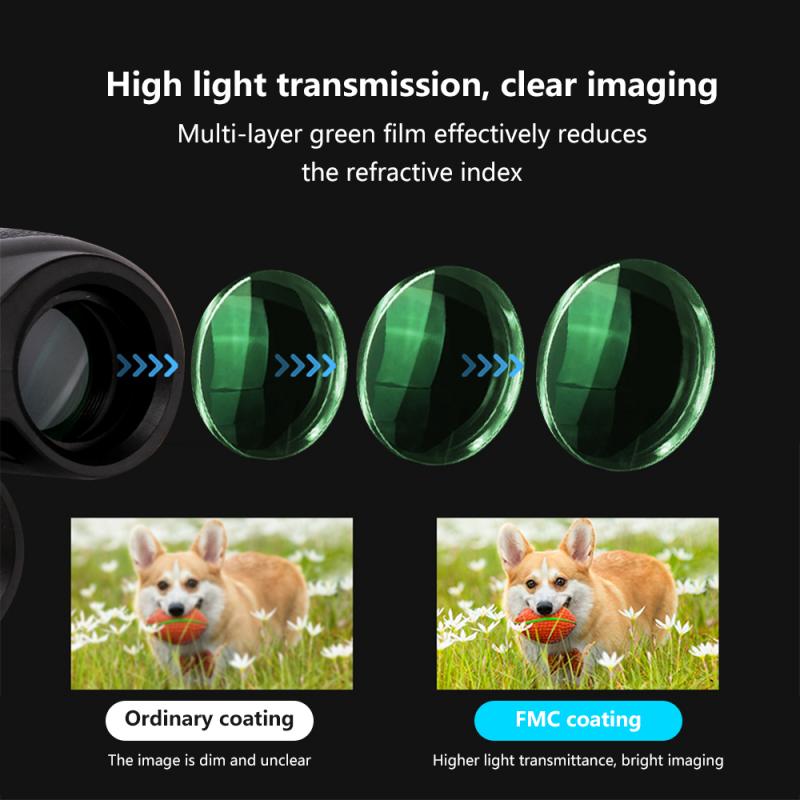
The diopter adjustment compensates for differences in vision between your two eyes. Here’s how to set it:
- Close your right eye and look through the left eyepiece with your left eye.
- Use the central focus wheel to focus on a distant object until it appears sharp.
- Close your left eye and look through the right eyepiece with your right eye.
- Adjust the diopter ring (usually found on the right eyepiece) until the object appears sharp. Do not use the central focus wheel for this step.
Once set, the diopter adjustment should not need to be changed unless someone else uses your binoculars or your vision changes.
3. Focus the Binoculars
With the IPD and diopter adjustment set, you can now focus the binoculars for both eyes:
- Look at a distant object through both eyepieces.
- Use the central focus wheel to adjust the focus until the object appears sharp and clear.
4. Check for Comfort and Clarity
After setting the IPD, diopter, and focus, ensure that the binoculars are comfortable to use. The image should be clear, and you should not experience any eye strain. If you do, recheck the adjustments.
Common Issues and Troubleshooting
Even with the correct setup, you might encounter some common issues. Here are a few and how to address them:
Double Vision
If you see two overlapping images, the IPD might not be set correctly. Re-adjust the barrels until you see a single, circular field of view.
Blurry Image
A blurry image can result from incorrect focus or diopter settings. Recheck the focus using the central focus wheel and ensure the diopter adjustment is set correctly.
Eye Strain
Eye strain can occur if the binoculars are not properly aligned with your eyes. Ensure the IPD is set correctly and that the binoculars are held steady. If you wear glasses, consider using the binoculars with the eyecups folded down.
Tips for Maintaining Your Binoculars
Proper maintenance of your binoculars can extend their lifespan and ensure optimal performance. Here are some tips:
Cleaning the Lenses
- Use a soft, lint-free cloth to clean the lenses. Avoid using paper products as they can scratch the lenses.
- For stubborn dirt or smudges, use a lens cleaning solution specifically designed for optical lenses.
- Avoid touching the lenses with your fingers as oils from your skin can damage the coatings.
Storing Your Binoculars
- Store your binoculars in a protective case when not in use to prevent dust and damage.
- Keep them in a cool, dry place to avoid mold and mildew growth.
- Avoid leaving them in direct sunlight or in a hot car, as extreme temperatures can damage the optics.
Regular Inspection
- Periodically check the binoculars for any signs of damage or wear.
- Ensure that the focus wheel and diopter adjustment move smoothly.
- If you notice any issues, consult the manufacturer’s guidelines or take them to a professional for repair.
Advanced Tips for Enthusiasts
For those who use binoculars frequently or for specific activities, here are some advanced tips:
Using a Tripod
For extended viewing sessions, especially with high-magnification binoculars, consider using a tripod. This can reduce hand fatigue and provide a steadier image.
Understanding Field of View
The field of view (FOV) is the width of the area you can see through the binoculars. A wider FOV is beneficial for activities like bird watching, where you need to track moving objects.
Choosing the Right Binoculars
Different activities may require different types of binoculars. For example, bird watchers might prefer binoculars with a magnification of 8x to 10x and a wide FOV, while stargazers might opt for higher magnification and larger objective lenses for better light gathering.
Setting up binoculars correctly is crucial for a comfortable and enjoyable viewing experience. By following the steps outlined in this article, you can ensure that your binoculars are properly adjusted to your eyes, providing clear and sharp images. Regular maintenance and understanding the specific needs of your activities can further enhance your experience. Whether you are a casual observer or a dedicated enthusiast, these tips will help you get the most out of your binoculars.


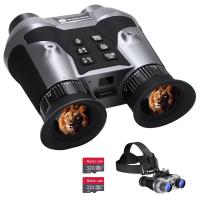
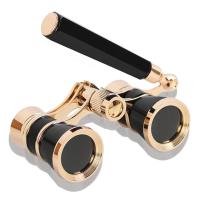

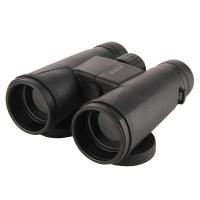
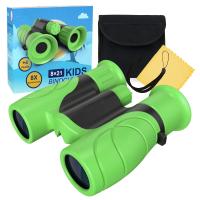

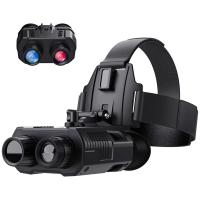
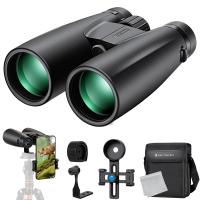
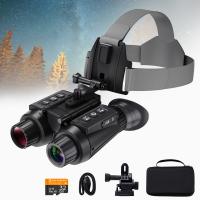



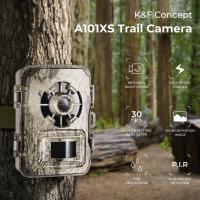
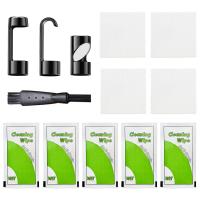
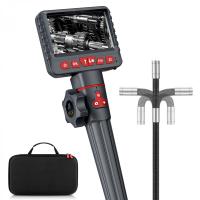
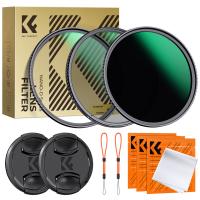
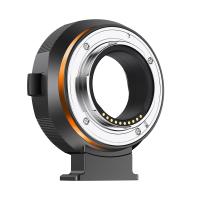


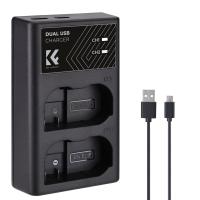
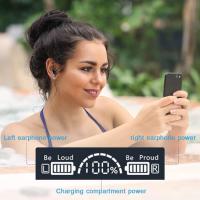
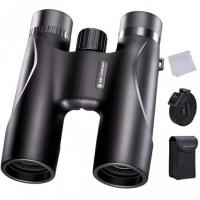


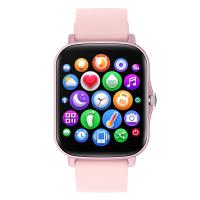
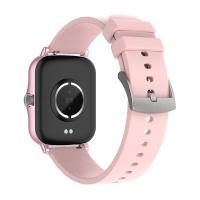
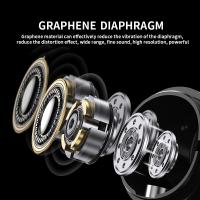

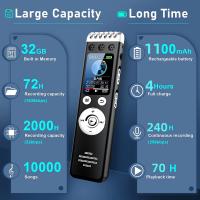



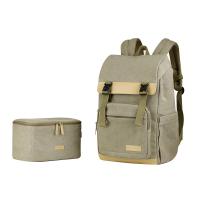
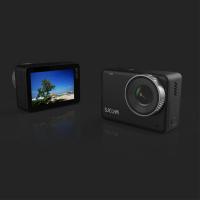


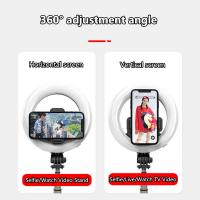

There are no comments for this blog.